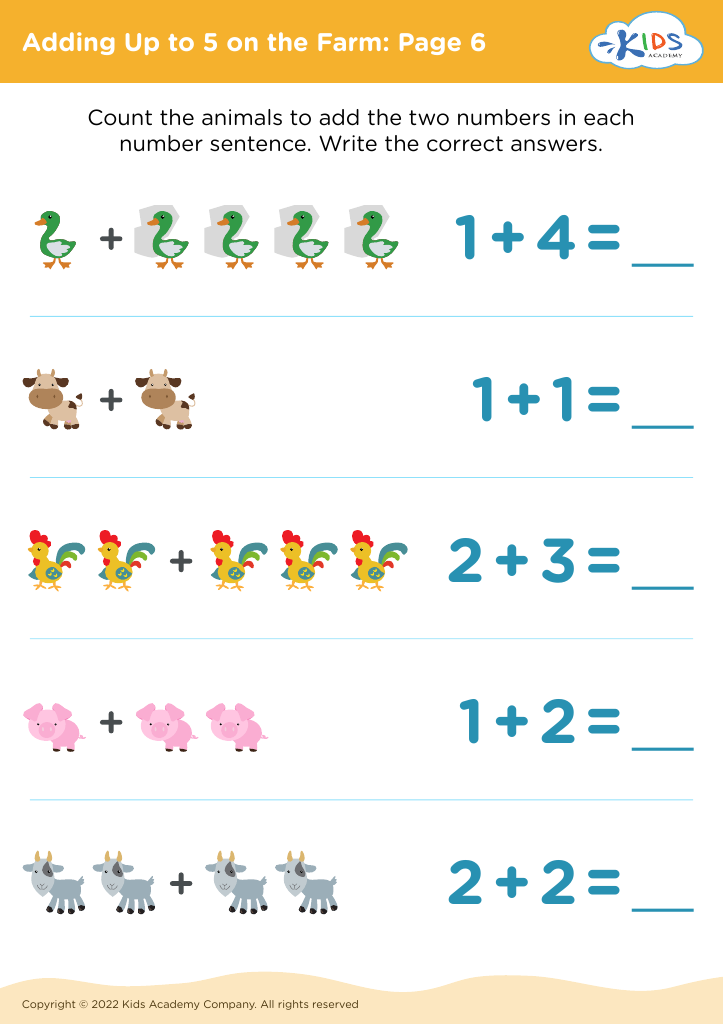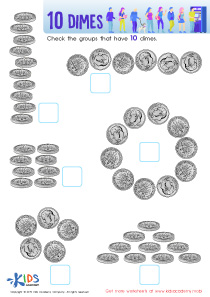Animal identification Adding on the Farm Worksheets for Ages 3-8
15 filtered results
Difficulty Level
Grade
Age
-
From - To
Subject
Activity
Standards
Favorites
With answer key
Interactive






















